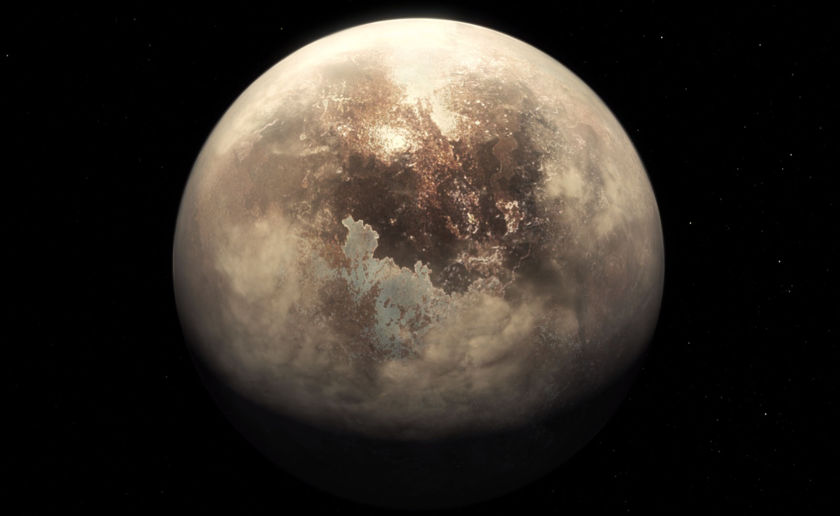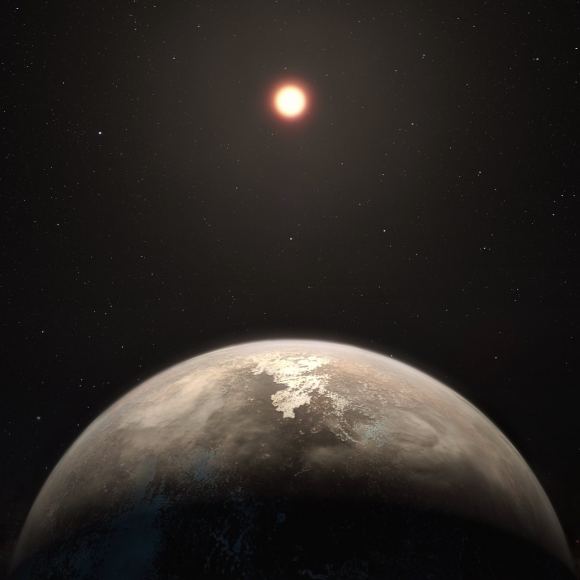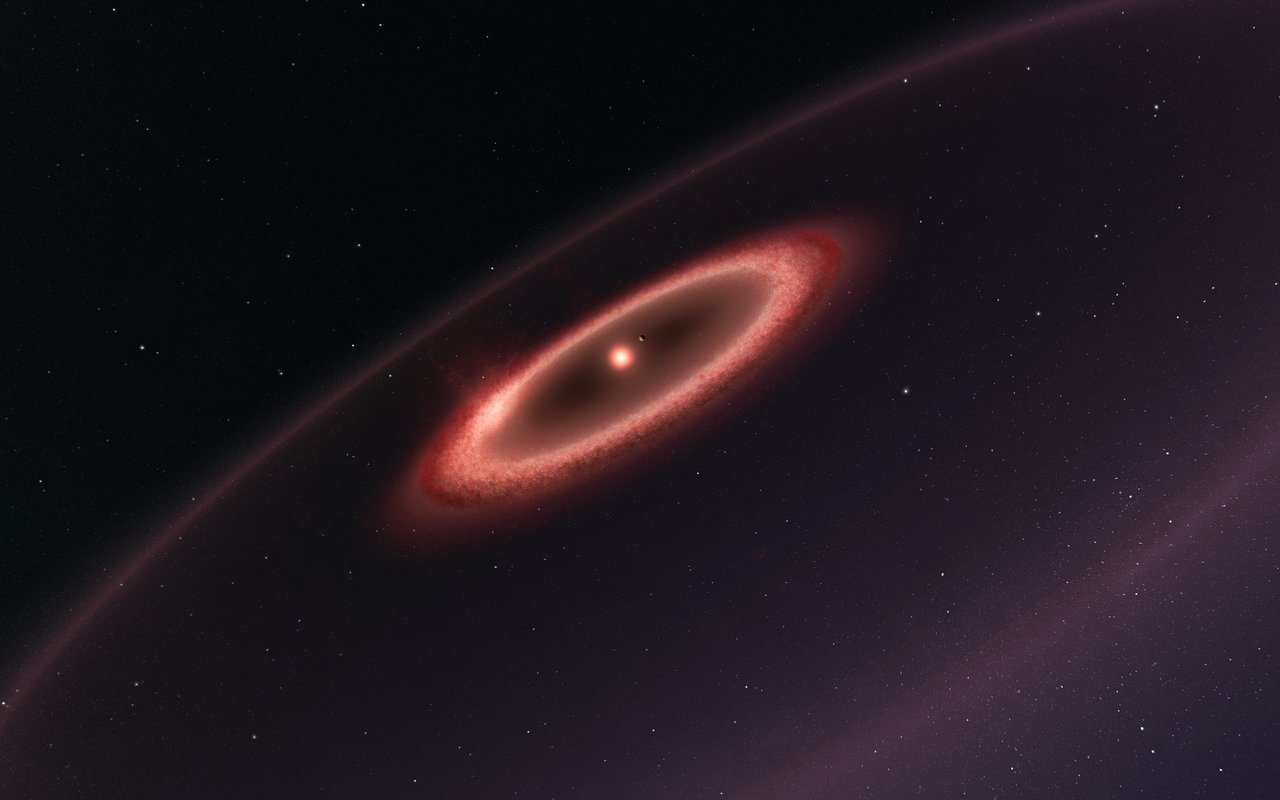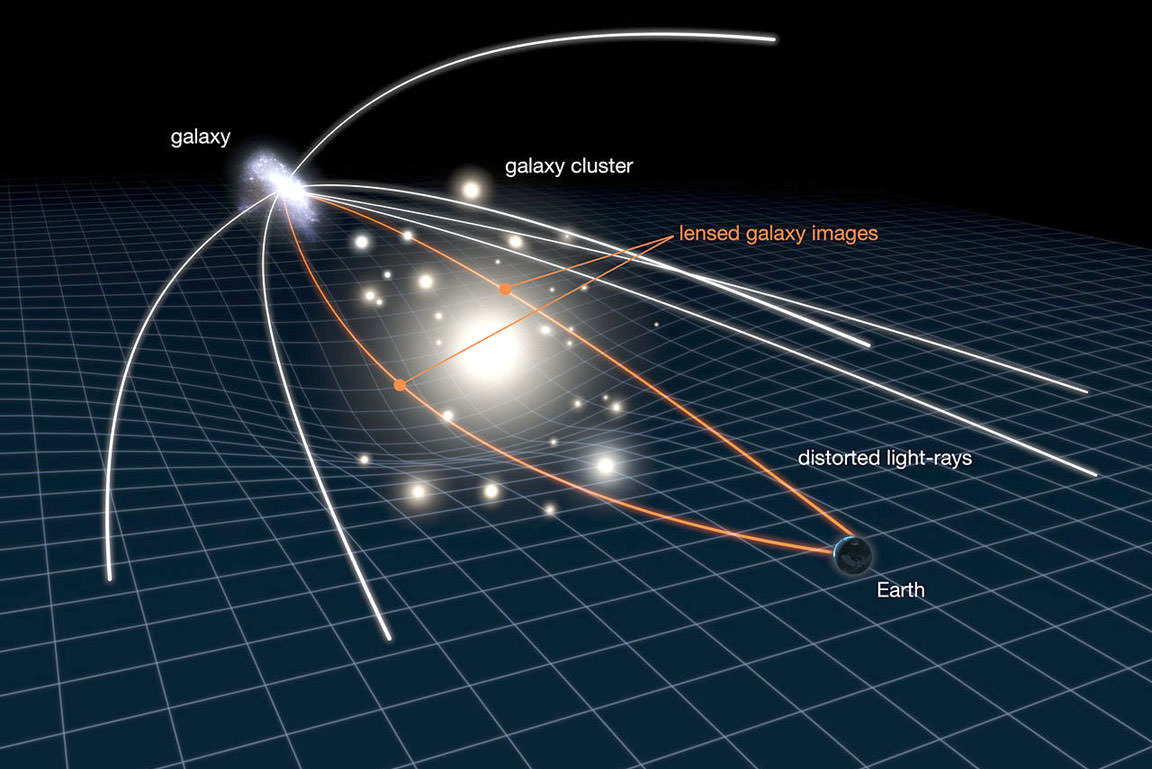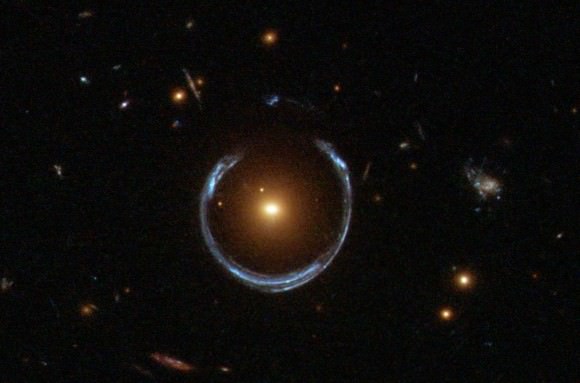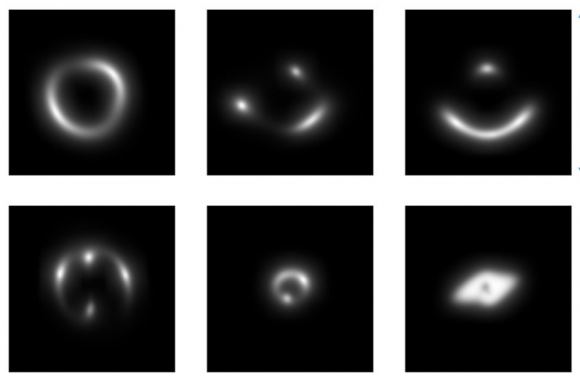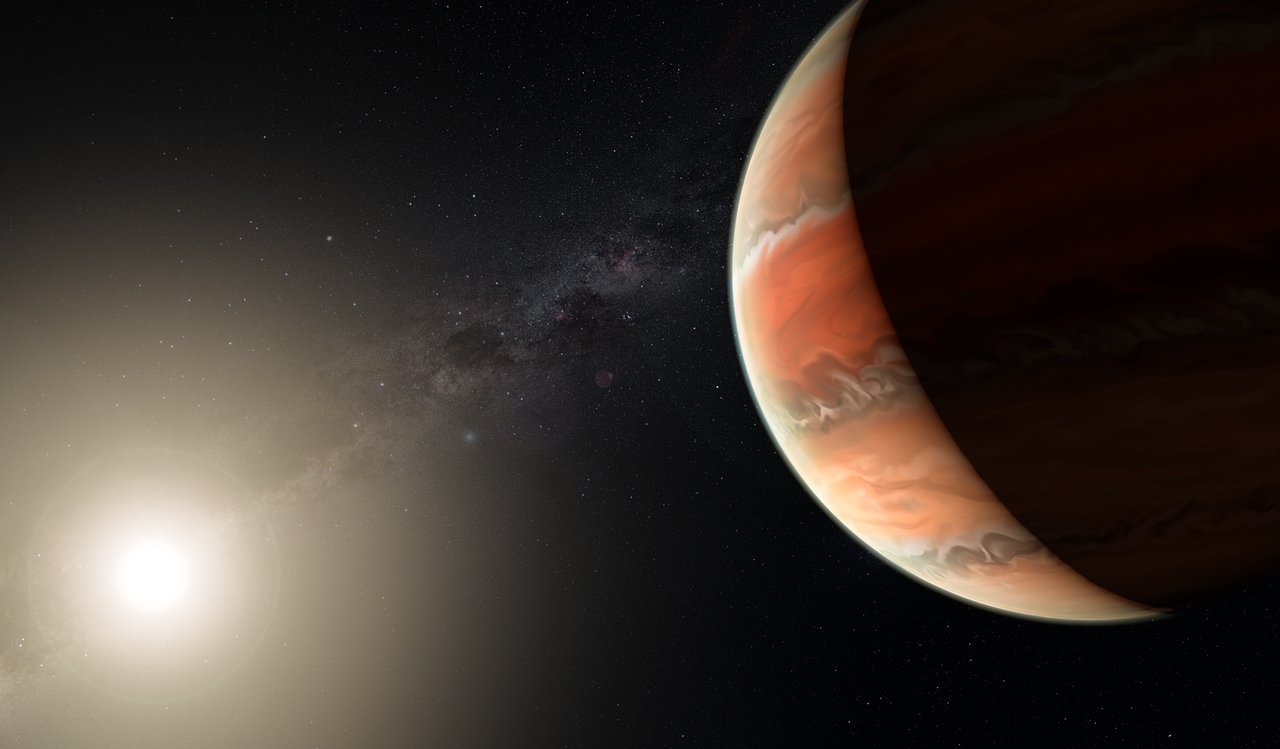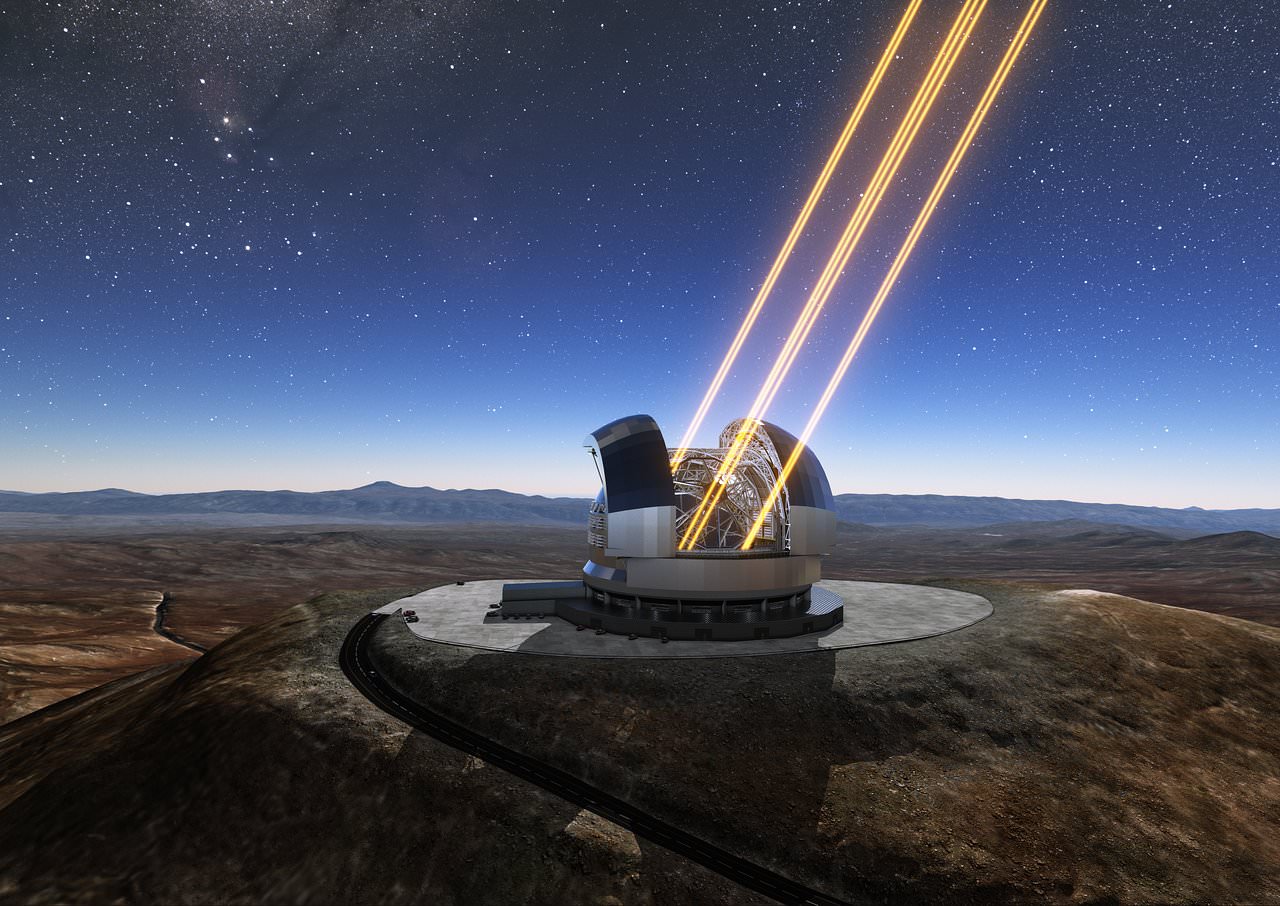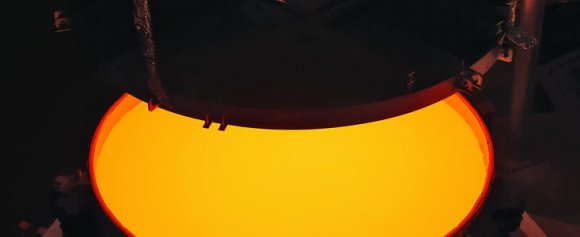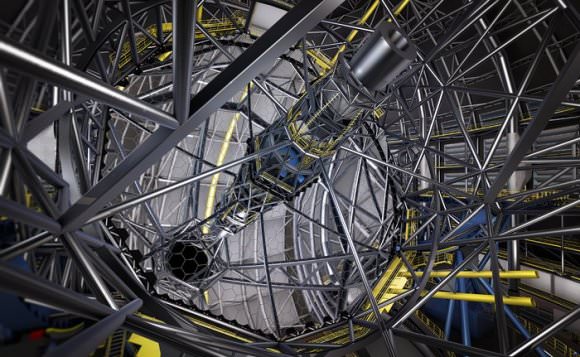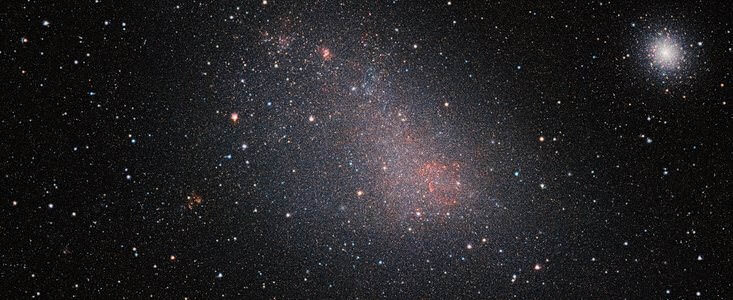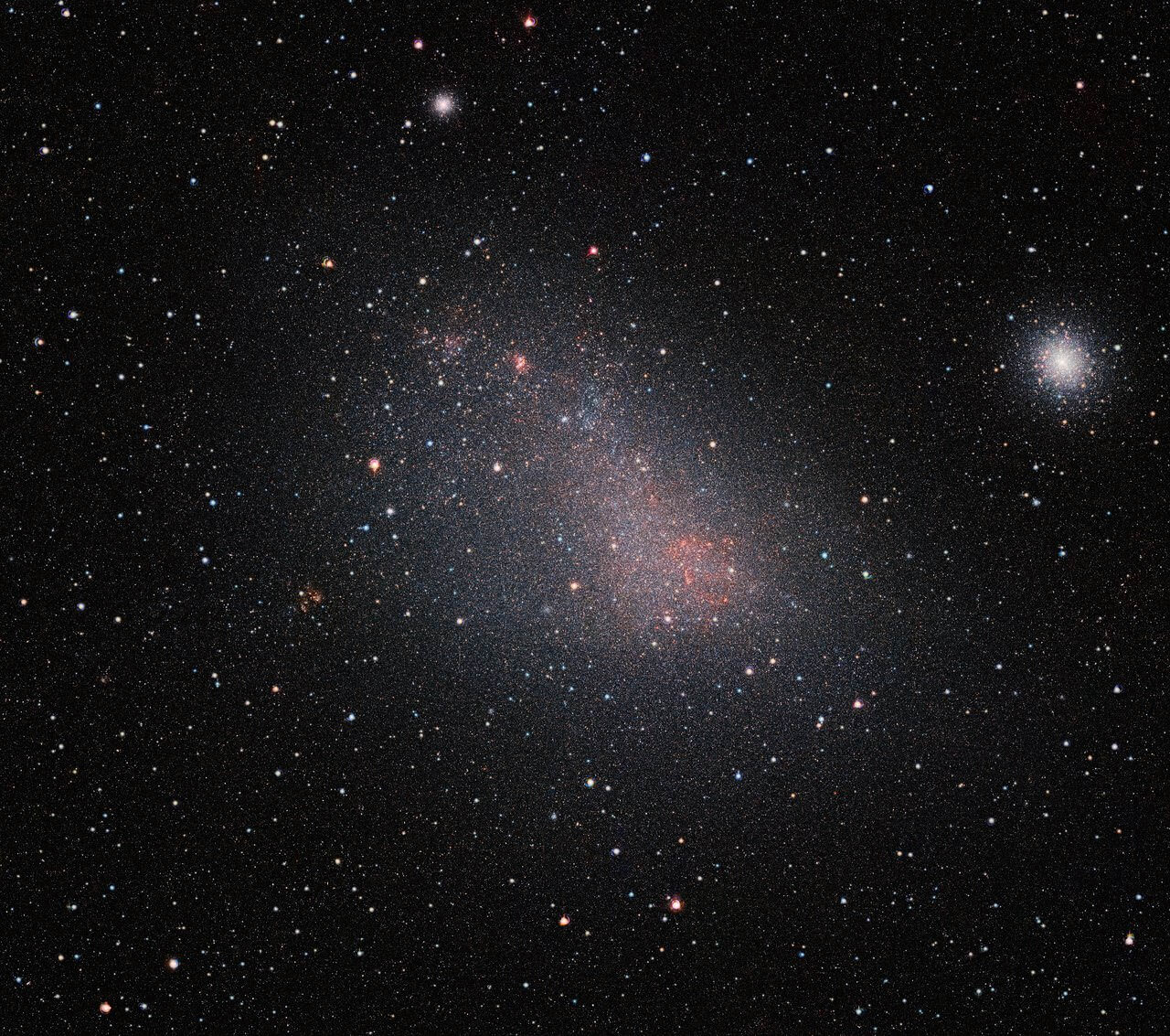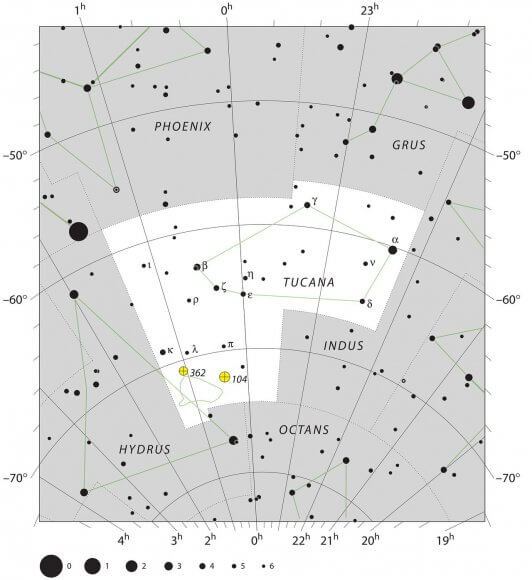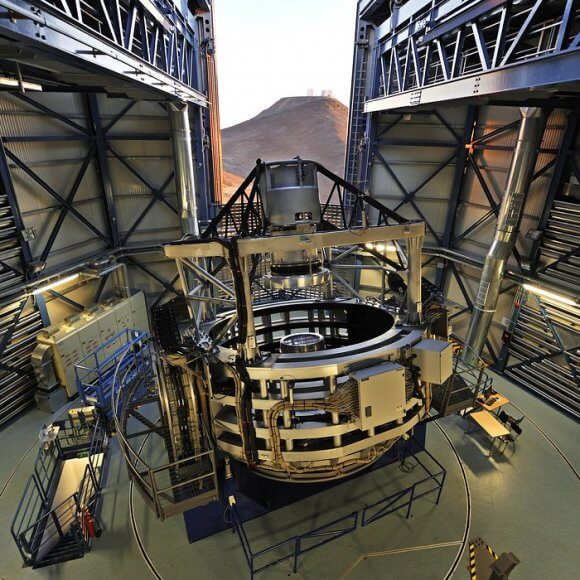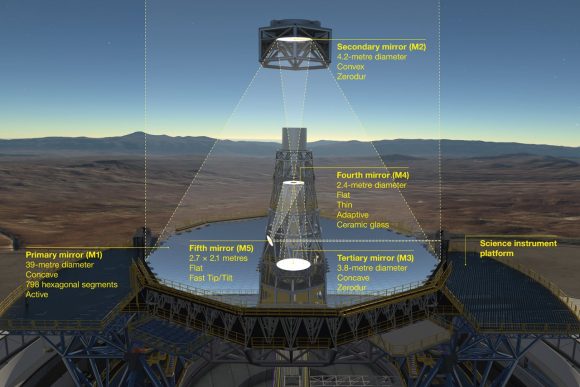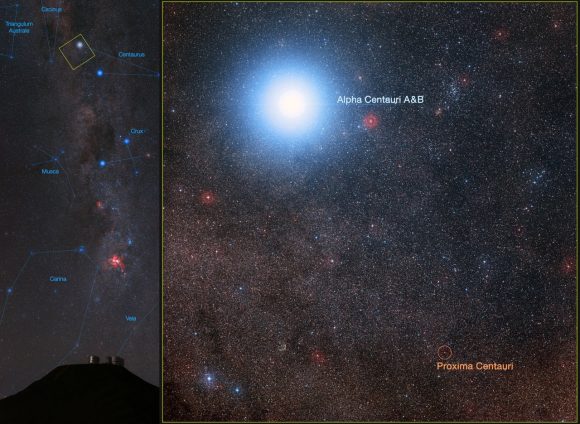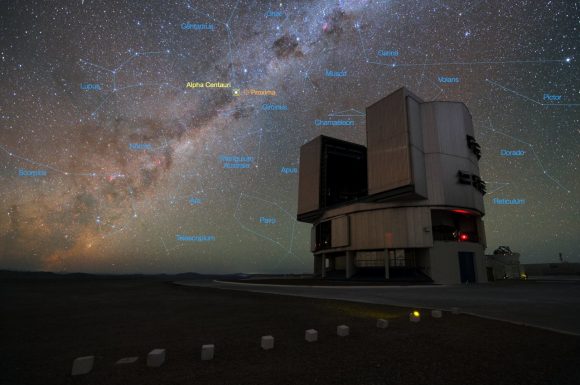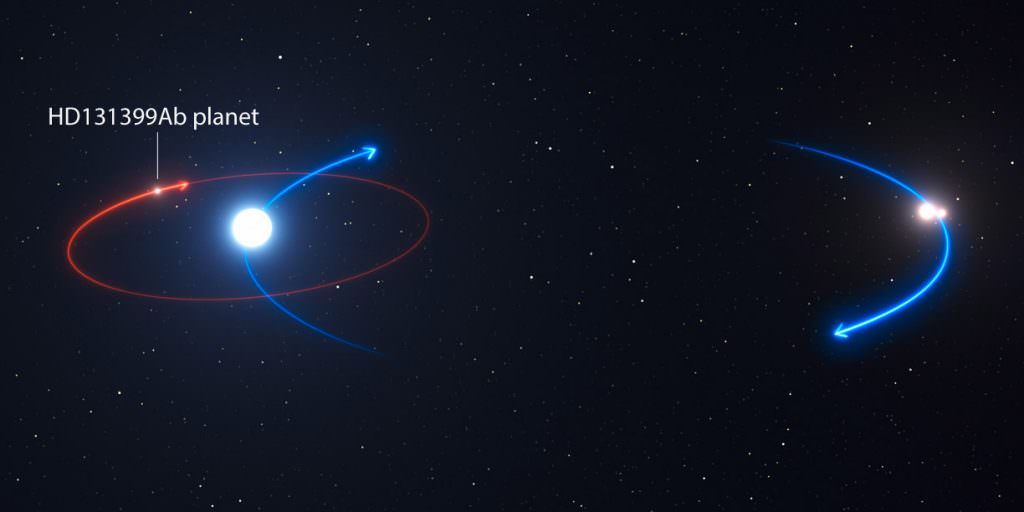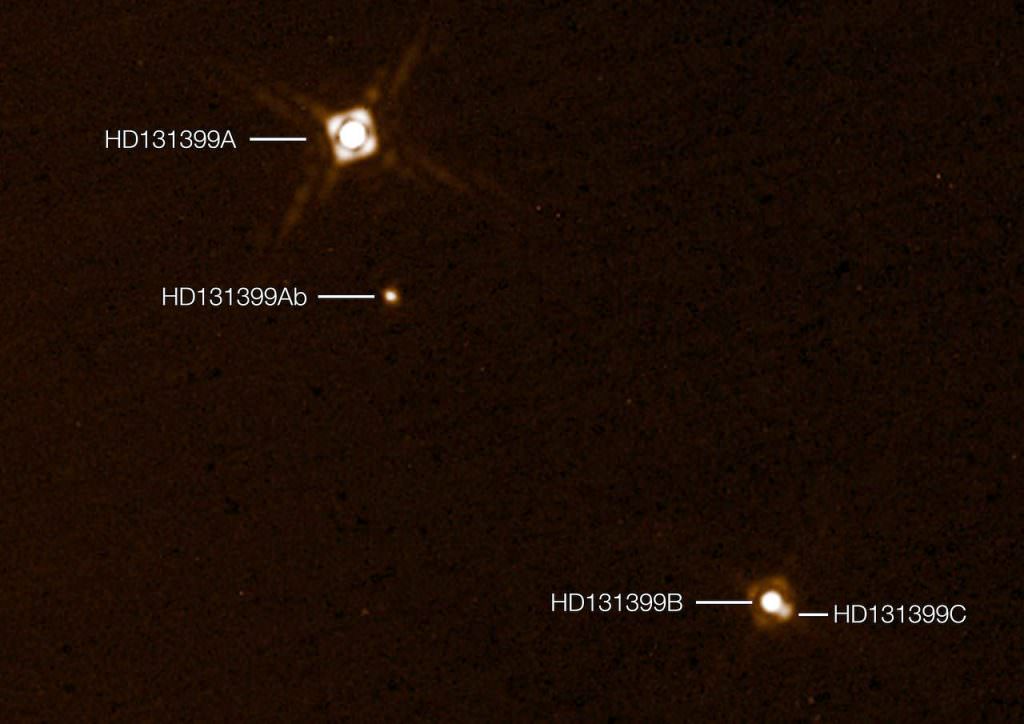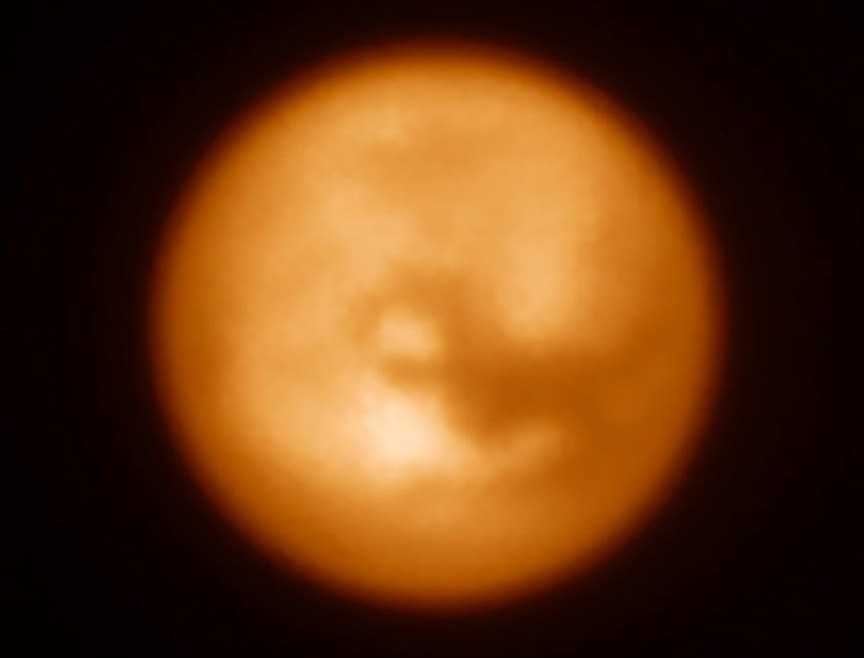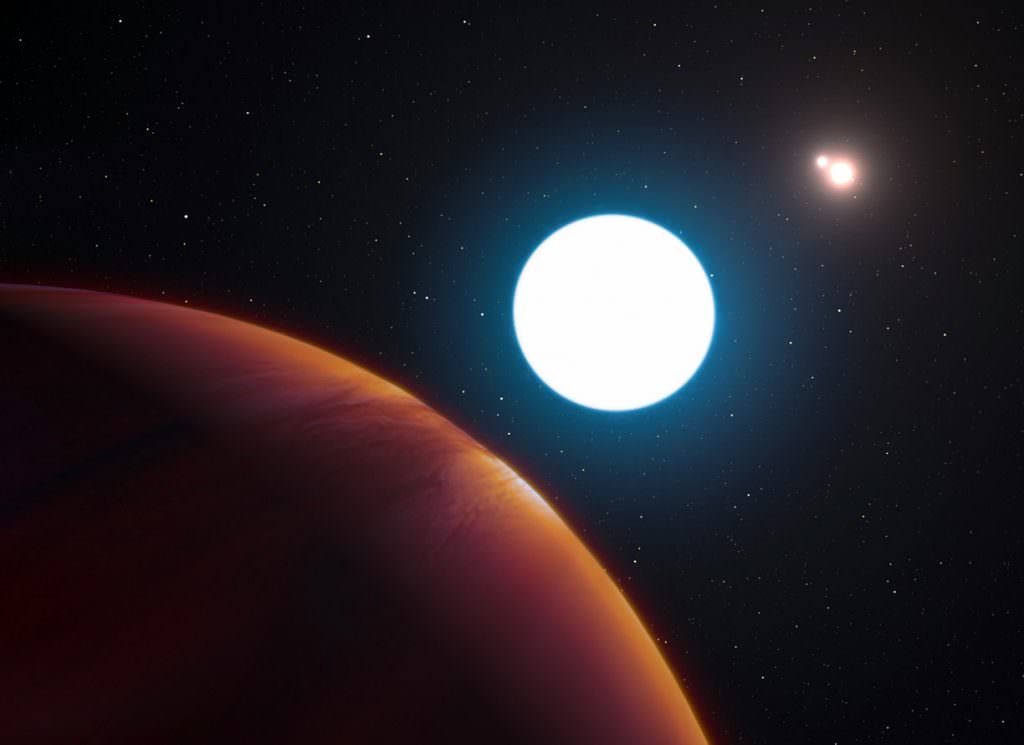On October 19th, 2017, the Panoramic Survey Telescope and Rapid Response System-1 (Pan-STARRS-1) telescope in Hawaii picked up the first interstellar asteroid, named 1I/2017 U1 (aka. `Oumuamua). After originally being mistaken for a comet, observations performed by the European Southern Observatory (ESO) and other astronomers indicated that it was actually an asteroid that measures about 400 meters (1312 ft) long.
Thanks to data obtained by the ESO’s Very Large Telescope (VLT) at the Paranal Observatory in Chile, the brightness, color and orbit of this asteroid have been precisely determined. And according to a new study led by Dr. Karen Meech of the Institute for Astronomy in Hawaii, `Oumuamua is unlike any other asteroid we’ve ever seen, in that its shape is highly elongated (i.e. very long and thin).
The study, titled “A Brief Visit From a Red and Extremely Elongated Interstellar Asteroid“, appeared today (Nov. 20th) in the scientific journal Nature. Led by Dr. Meech, the team included members from the European Southern Observatory, the Osservatorio Astronomico di Roma, the European Space Agency’s SSA-NEO Coordination Center, and the Institute for Astronomy at the University of Hawaii in Honolulu.
The VLT was intrinsic to the combined effort to characterize the fast-moving asteroid rapidly, as it needed to be observed before it passed back into interstellar space again. Based on initial calculations of `Oumuamua’s orbit, astronomers had determined that it had already passed the closest point in its orbit to the Sun in September of 2017. Together with other large telescopes, the VLT captured images of the asteroid using its FORS instrument.
What these revealed was that `Oumuamua varies dramatically in terms of brightness (by a factor of ten) as it spins on its axis every 7.3 hours. As Dr. Meech explained in an ESO press release, this was both surprising and highly significant:
“This unusually large variation in brightness means that the object is highly elongated: about ten times as long as it is wide, with a complex, convoluted shape. We also found that it has a dark red colour, similar to objects in the outer Solar System, and confirmed that it is completely inert, without the faintest hint of dust around it.”
These observations also allowed Dr. Meech and her team to constrain Oumuamua’s composition and basic properties. Essentially, the asteroid is now believed to be a dense and rocky asteroid with a high metal content and little in the way of water ice. It’s dark and reddened surface is also an indication of tholins, which are the result of organic molecules (like methane) being irradiated by cosmic rays for millions of years.
Unlike other asteroids that have been studied in Near-Earth space and the Solar System at large, `Oumuamua is unique in that it is not bound by the Sun’s gravity. In addition to originating outside of our Solar System, its hyperbolic orbit – which has an eccentricity of 1.2 – means that it will head back out into interstellar space after its brief encounter with our Solar System.
Based on preliminary calculations of its orbit, astronomers have deduced that it came from the general direction of Vega, the brightest star in the northern constellation of Lyra. Traveling at a whopping speed of 95,000 km/hour (59,000 mph), `Oumuamua would have left the Vega system about 300,000 years ago. However, it is also possible that the asteroid may have originated somewhere else entirely, wandering the Milky Way for millions of years.
Astronomers estimate that interstellar asteroids like `Oumuamua pass through the inner Solar System at a rate of about once a year. But until now, they have been too faint and difficult to detect in visible light, and have therefore gone unnoticed. It is only recently that survey telescopes like Pan-STARRS have been powerful enough to have a chance at detecting them.
Hence what makes this discovery so significant in the first place. As the first asteroid of its kind to be detected, further improvements in our instruments will it make it easier to spot the others that are sure to be on the way. And as Olivier Hainaut – a researcher with the ESO and a co-author on the study – indicated, there’s plenty more to be learned from `Oumuamua as well:
“We are continuing to observe this unique object, and we hope to more accurately pin down where it came from and where it is going next on its tour of the galaxy,” he said. “And now that we have found the first interstellar rock, we are getting ready for the next ones!”
And be sure to enjoy this ESOcast video about `Oumuamua, courtesy of the ESO:


